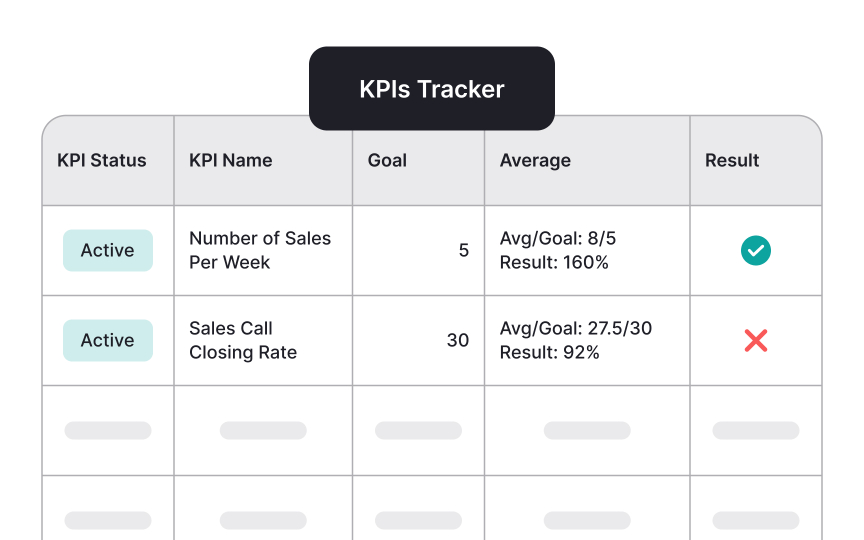Create simple metric templates
Metric templates should balance structure with flexibility to accommodate various tracking needs. A good template clearly defines the metric, its purpose, and how it connects to broader organizational goals. This clarity prevents misinterpretation and keeps everyone aligned on what's being measured and why.[1]
There are two primary types of metric templates worth considering:
- Time-series metrics templates track performance over regular intervals, focusing on trends rather than single data points. Include the metric name, definition, frequency of measurement, historical baselines for context, current performance, trend indicators, and visual representations like line charts. This approach helps teams identify patterns, understand seasonal variations, and avoid overreactions to temporary fluctuations in performance data.
- Status/progress metrics templates, by contrast, focus on advancement toward specific goals. These should include the metric name with clear definition, the strategic objective it supports, baseline value, current value, target with deadline, percentage progress toward goal, recent actions taken, planned initiatives, and accountable owner. This structure creates clear accountability while maintaining focus on closing the gap between current performance and targets, making it ideal for OKR tracking and strategic initiatives.
Both template types should prioritize clarity and actionability over complexity. The information should be immediately understandable without extensive explanation, enabling quick identification of areas needing attention. Start with minimal necessary fields and expand complexity only as your organization's measurement practices mature and specific needs emerge.
Pro Tip: Test your template with the least technical team member. If they can understand and update it easily without training, you've hit the right level of simplicity.

